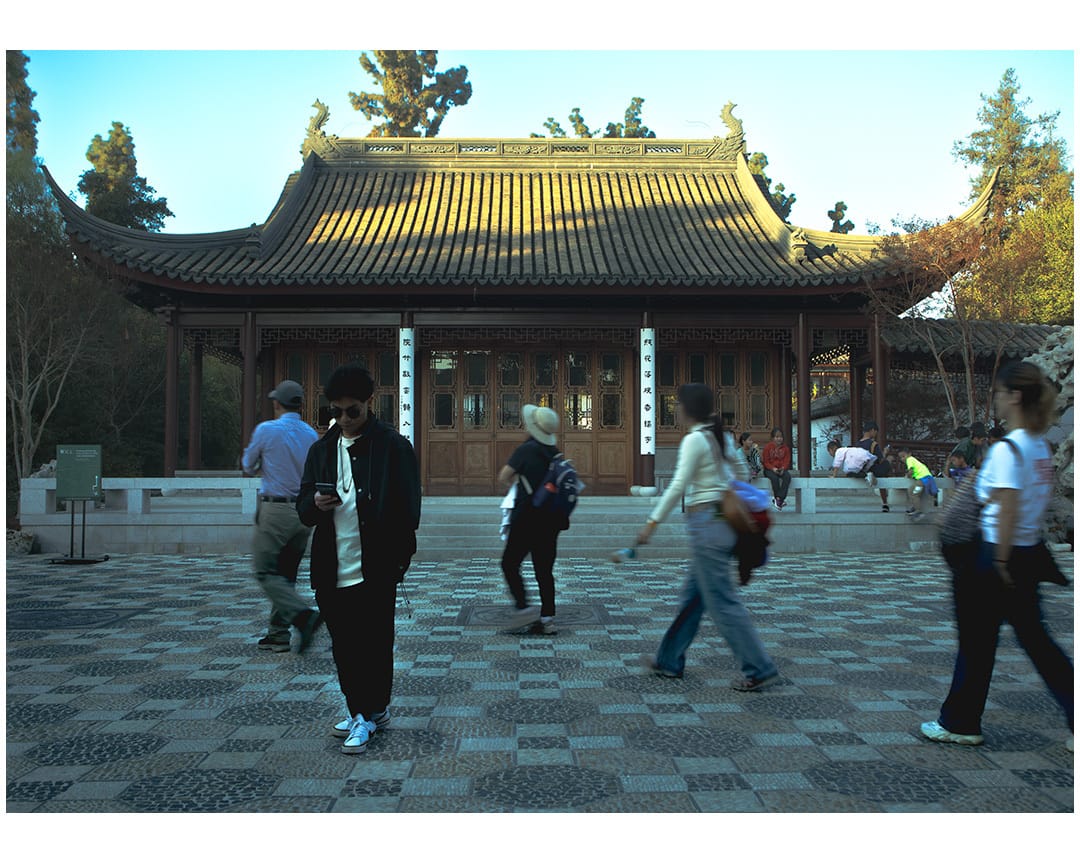The Magazine For Photographers - Bite Size 📸
Read the Latest Photography News and Updates in the Creative Industry in 5 minutes or less ;)

The Latest News:
TTArtisan New Lens for Under $130

cc: TTArtisan
TTArtisan just dropped a new lens—the AF 23mm f/1.8 for APS-C cameras. It’s $127 and gives you a 35mm equivalent focal length, perfect for street, portrait, and landscape shots. Right now, it’s available for Fujifilm X cameras, with Sony E and Nikon Z versions coming soon.
It’s light (210g), compact, and made from sturdy aluminum. The lens uses 52mm filters and comes with a lens hood. Inside, there are 11 elements in 9 groups, including two extra-low dispersion pieces and a high-index element. TTArtisan says it’s sharp with smooth bokeh, though sample shots show some quirks like soap bubble and cat’s eye effects.
Autofocus is powered by a quiet stepper motor, with a minimum focus distance of 0.3m (0.98ft). There’s no AF/MF switch—you’ll need to toggle that in your camera. Fujifilm users can snag it now; the Sony and Nikon versions are on the way.
Adobe’s New ‘Firefly Bulk Create’

cc: Adobe
Adobe just announced Firefly Bulk Create, a new AI tool for automating tedious tasks like resizing, recoloring, and background changes for thousands of images at once. It’s aimed at marketers, social media teams, and e-commerce businesses needing to create tons of content quickly.
With tools like Generative Fill and Expand built in, Bulk Create can remove backgrounds from thousands of product photos and drop them into new AI-generated settings or resize them for different platforms like Instagram or display ads. Adobe says it’s perfect for creating personalized campaigns and variations for specific audiences without needing coding skills.
Other updates include AI dubbing tools for translating videos into different languages (with lip sync!), auto-layout design for text and images, and even digital avatars for video content.
The Nr. 1 Phone for Photographers?

cc: Hasselblad
OnePlus launched the OnePlus 13 packed with impressive photography features co-developed with Hasselblad.
The OnePlus 13 is powered by the Snapdragon 8 Elite chip, up to 16GB RAM, and a unique cooling system for top-tier performance. Its Hasselblad triple-camera setup features three 50MP cameras: a main, ultra-wide (120°), and a telephoto lens with 10x AI-assisted zoom. The telephoto uses an innovative “Triprism” design for sharp, stabilized portraits without adding bulk.
The phone also has cool photo features like Dual Exposure Algorithm for sharp action shots, upgraded Hasselblad portrait filters, and a dedicated burst mode. It shoots 4K video with Dolby Vision and lets you switch lenses mid-recording. The 13 starts at $899.99 in the U.S.
Down below you will find an AMAZING newsletter that I myself read every single day (absolutely recommend subscribing) ⬇️
Looking for unbiased, fact-based news? Join 1440 today.
Upgrade your news intake with 1440! Dive into a daily newsletter trusted by millions for its comprehensive, 5-minute snapshot of the world's happenings. We navigate through over 100 sources to bring you fact-based news on politics, business, and culture—minus the bias and absolutely free.
Photographer Spotlight
Discover amazing photographers
This time in the Spotlight:
Avel Labasan
A few words of his: Capturing the small fleeting moments in life that somehow lets us feel as if we're living with no bothers in life. If life could speak, these are the words she would say.
You can find him on Instagram as:
@from_a.lab (his main account)
@chasing.ukiyo (his portrait account)
A few photos of his:



Weekly Photo Technique Exploration
Welcome to a new section of the magazine where every week we will explore a new photography technique from across various photography genres.
This week’s technique: Using a Star Tracker for Longer Exposures

What’s a Star Tracker?
It’s a device that slowly rotates your camera to match the movement of the stars across the sky. Without it, the Earth’s rotation limits how long you can expose before stars turn into streaks. With a tracker, you can shoot much longer exposures, capturing faint details like nebulae or the Milky Way in crazy detail.
How to Use a Star Tracker
Set Up Your Tracker:
Attach it to your tripod.
Mount your camera and lens on the tracker.
Follow the instructions to polar align it (point it at Polaris if you’re in the Northern Hemisphere). It sounds tricky but most trackers have apps or tools to make it straightforward.
Dial in Your Camera Settings:
Use a wide-angle lens for landscapes or a telephoto for deep-sky objects.
Start with a 2-5 minute exposure, ISO 800-1600, and a wide aperture like f/2.8.
Test and tweak—longer exposures can pick up more detail, but check for overexposure or light pollution.
Let It Track:
The tracker keeps your camera aligned with the stars, so they stay sharp and don’t streak. You can shoot for minutes instead of seconds, which brings out more light and detail from the night sky.
Why It’s Awesome
With longer exposures, you’ll get:
More Detail: Fainter stars, distant galaxies, and nebulae pop out.
Less Noise: Lower ISO and more light mean cleaner images.
A Whole New Vibe: Your photos will look like they came straight from NASA.


